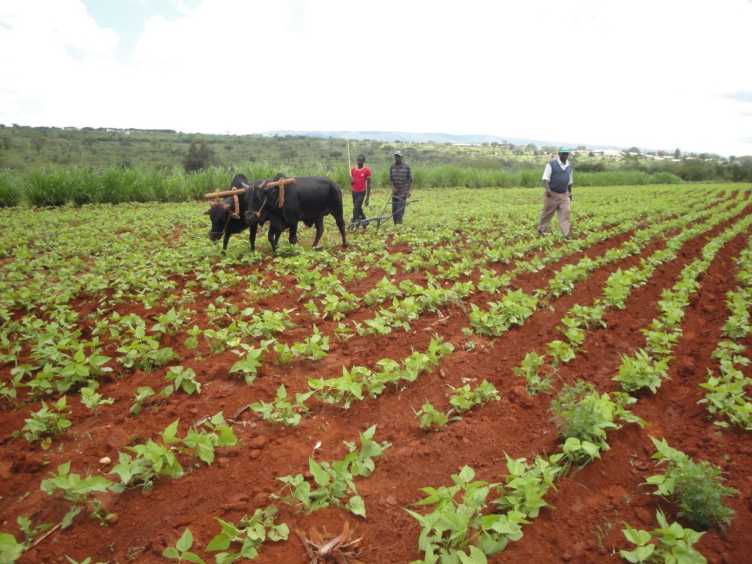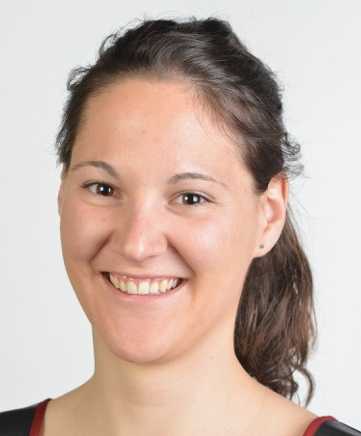E4D Fellow: Michelle Nay
Novel breeding strategies to improve disease resistance in common bean
Project duration: 2016 - 2019
Supervisor at ETH Zurich
Professor Bruno Studer (Forage Crop Genetics Group)
Other collaborators
Dr. Bodo Raatz, CIAT
Partner institution
external pageCentro Internacional de Agricultura Tropical (CIAT), Cali, Colombiacall_made
Project description

Common bean (Phaseolus vulgaris L.) is the most important grain legume for direct human consumption and a staple crop for many poor smallholder farmers in Eastern Africa and Latin America. Also termed “meat of the poor”, beans significantly contribute to the daily supply of protein as well as iron and zinc, two micronutrients whose deficiencies cause major malnutrition problems. Common bean production is frequently limited by diseases such as angular leaf spot and ascochyta, causing severe yield losses of up to 80%. Breeding for resistant cultivars is the most ecological and economical mean to control these diseases in low input agriculture, and particularly important to maintain stable yields of smallholder farming systems in developing countries. However, breeding for angular leaf spot resistance has proven difficult because of the high pathogen diversity and the pathotype specificity of resistance loci. Moreover, for ascochyta, effective resistance sources are missing in the common bean gene pool and need to be introgressed from other bean species. This project aims at resolving the genetic basis of angular leaf spot and ascochyta resistance in common bean. Identification of novel resistance sources will allow the development of molecular markers that will increase the efficiency to breed for resistant bean cultivars.

